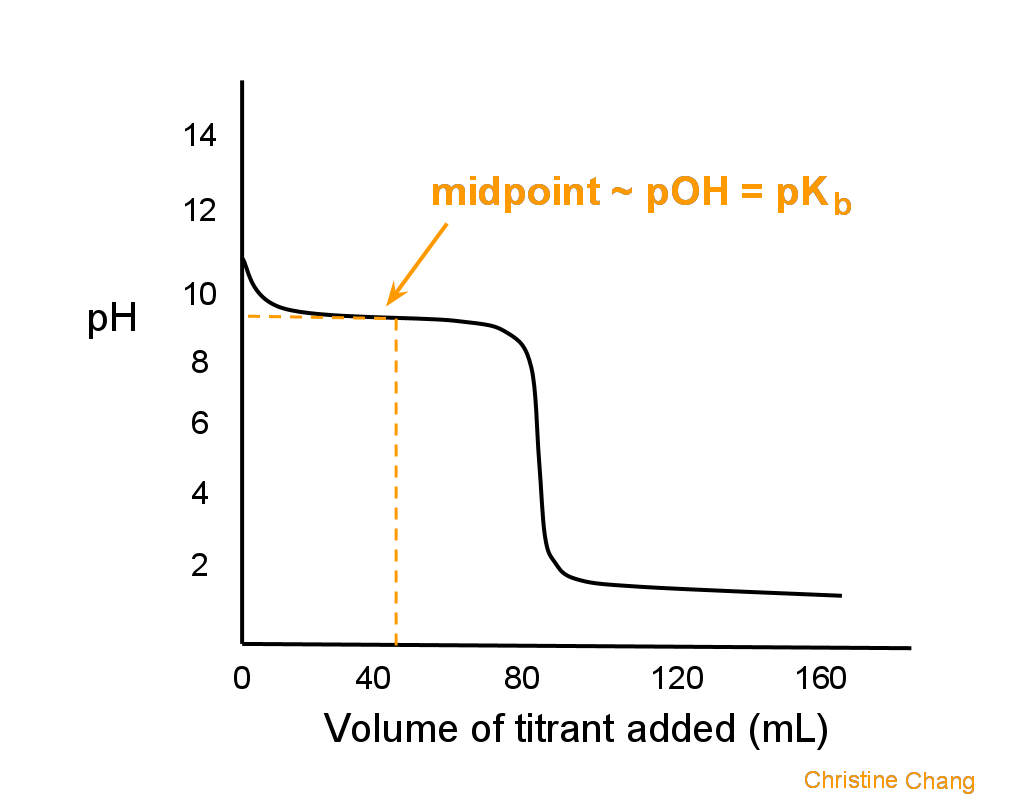Eddiekay1010
Member
- Messages
- 63
- Location
- United States
I have a question regarding keeping Apistos that need very soft, acidic water. I start with RODI water and at this time I'm using Seachems Acid Regulator and Neutral Regulator to adjust it to the ph I'm targeting. It works well enough for now, I use a 50 gal container so I only have to mix it a couple times a month. My questions are, the ph and gh is right where I want it and the kh is also very low, that's what worries me, but I'm guessing there's no way around that, can you have very soft, acidic water with a higher kh to help buffer the water from ph fluctuations, I haven't had problems yet with ph crashes but it does worry me. Also with adding those powders to my RO water it raises the conductivity, is that a problem, how important is a low conductivity if the ph and hardness are in the optimal ranges? Sorry for the long post, I just can't find a lot of good info and I have almost every book of dwarf cichlids. What do some of you serious breeder do. Any links or sites that can help guide me would be great also. Thanks
